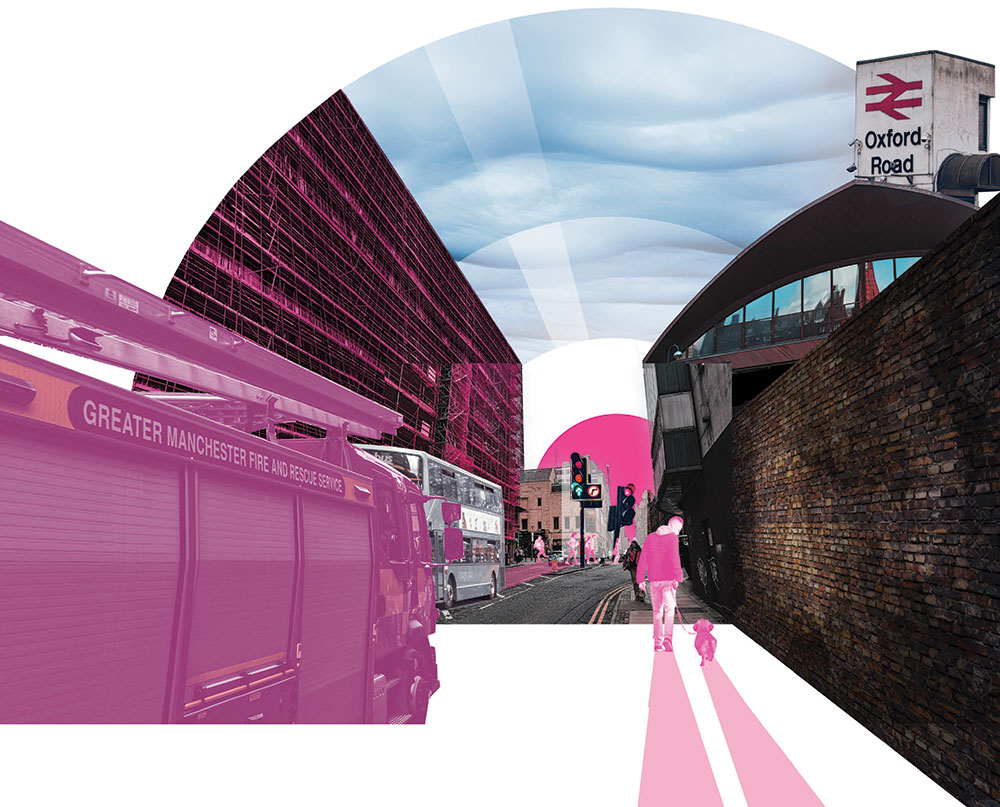Humanities 2 addresses the professions of architecture and urban design and how it can have an impact beyond the bounds of its own sites; architecture in the city can have unexpected political, economic, environmental, and other implications, questioning the ethics of architectural and urban practice. With Tracing the City, we turned our focus towards a critical approach to architecture and the city, looking at processes of production, consumption and maintenance that constitute the built environment and beyond. We did this by questioning common definitions of a static city by acknowledging that it is alive and constantly evolving through and with the mechanisms that make up its networks.
Our explorations were accompanied by new methods of tracing (mapping) these city relations in creative, non-linear ways. We looked at a wide range of urban artefacts and discovered new methods of understanding their multiplicity. The course is structured with a dual component in mind: a) it explores historical and theoretical underpinnings of urban practice by addressing notions of nature, technology, race, and class as embedded within particular socio-political contexts, and b) it suggests alternative methods for mapping these relations by zooming in and carefully unpacking their complexity.
Sustainable Urban Futures is one of the central aspects of our holistic and pluralistic approach to teaching on the climate and biodiversity emergency. Taught to both BA2 and MLA1, students learned about climate justice, climate change adaptation, and the difficulties in defining ‘net zero’. We welcomed guest lectures from Dr. Barnabas Calder (University of Liverpool) which drew on his award-winning book ‘Architecture: From Pre-history to Climate Emergency’, Professor Luca Csepely-Knorr who discussed ‘Context, precedent, antithesis: the role of nature in architecture’, and Becky Sobell on ‘Is nature a human construct?’. The course draws on literature from a variety of disciplines to help students understand the importance of developing a theoretically informed position when addressing the climate emergency. Central to the course is an appreciation of the complex social, environmental, and economic contexts within which the built environment disciplines operate, and how this translates into an ethical and moral responsibility towards engaging with the climate emergency.


